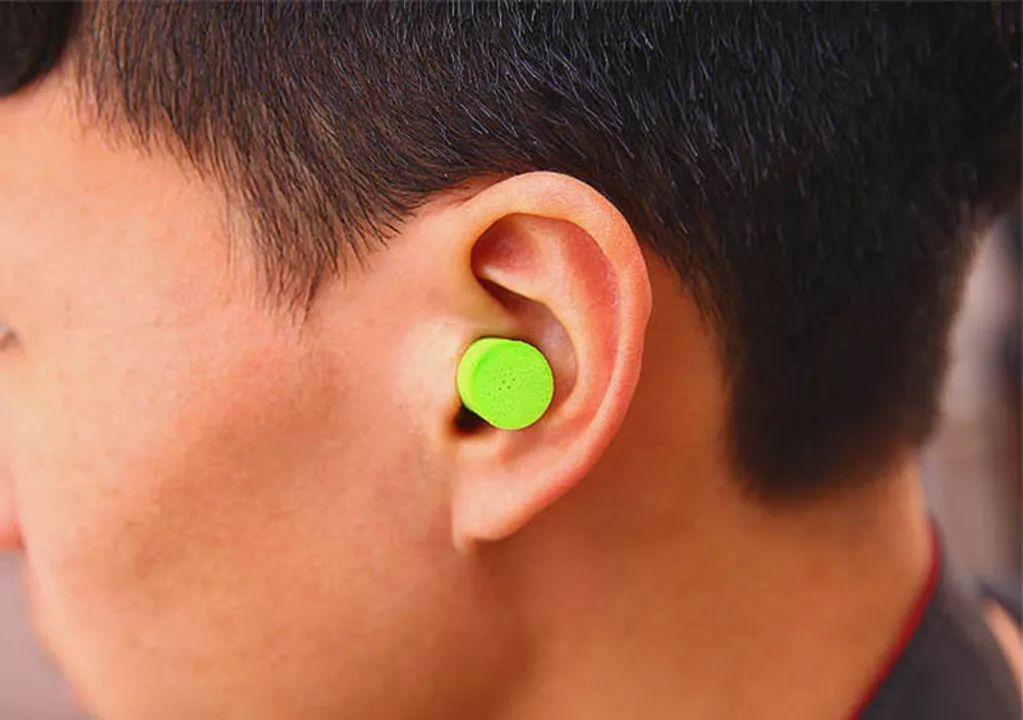Earplugs: pick the right type, get the fit, protect your ears
Noise can wreck sleep, make concerts painful, or damage hearing over time. Earplugs are cheap, simple, and effective when you pick the right kind and use them correctly. This guide cuts to the essentials: what types exist, how to fit them, and basic care that keeps them working.
Types and where to use them
Disposable foam: cheap and high noise reduction. Foam plugs typically list an NRR (Noise Reduction Rating) around 30–33 dB, so they’re great for sleeping, construction sites, or loud events when you need strong attenuation. Compress the foam, insert, hold until it expands.
Pre-molded silicone or rubber: reusable, washable, and softer for long wear. Their NRR is usually lower—about 18–25 dB—but that makes them comfy for sleeping or travel. They come in different sizes; choose one that seals without pain.
Wax or moldable silicone: best for sleeping and swimming because they conform to your ear shape and block water. Use them carefully—don’t push too deep—and rinse after swimming.
Musician or filtered earplugs: designed to reduce volume evenly so music still sounds natural. If you go to concerts or play an instrument, these protect hearing without muffling tone.
Custom-molded plugs: made to fit your ear exactly. They’re pricier but ideal if you wear plugs daily, need a perfect seal, or require specific attenuation levels.
Fit, use, and care — simple rules that matter
Fit matters more than brand. For foam plugs: roll them thin, pull your ear up and back, insert, and hold until the foam expands. If sound still seems loud or you feel pressure pain, remove and try again. For pre-molded and wax plugs, push gently and stop if you feel pain.
Keep reusable plugs clean. Wash silicone or wax plugs with mild soap and water after each use, dry completely, and store in a case. Replace disposable foam after one night or when dirty. Replace reusable plugs every few weeks to months depending on wear, and sooner if they crack or lose shape.
Watch for warning signs: pain, itching, discharge, or reduced hearing after using plugs. That can mean irritation or infection—stop using them and see a doctor. Never force a plug past resistance; the ear canal is sensitive.
Buying tips: check the NRR for how much sound the plug cuts, look for ANSI or CE markings for standards, and read reviews about comfort. If you need to sleep next to a snorer, try low-profile silicone or wax. For frequent loud-noise exposure, invest in musician plugs or custom molds to protect hearing long-term.
Small habits make big differences: insert correctly, keep plugs clean, replace when worn, and get medical advice for ear pain. Do that and earplugs will be a reliable, low-cost way to protect your hearing and sleep better.
The Importance of Hearing Protection in Loud Environments
As a frequent concert-goer, I cannot stress enough the importance of hearing protection in loud environments. I've personally experienced the negative effects of not using earplugs, such as ringing in my ears and temporary hearing loss. I've learned that prolonged exposure to high-decibel sounds can lead to irreversible damage to our ears. Now, I always make sure to carry a pair of earplugs with me to protect my hearing in noisy settings. Remember, it's better to be safe than sorry when it comes to our hearing health!





